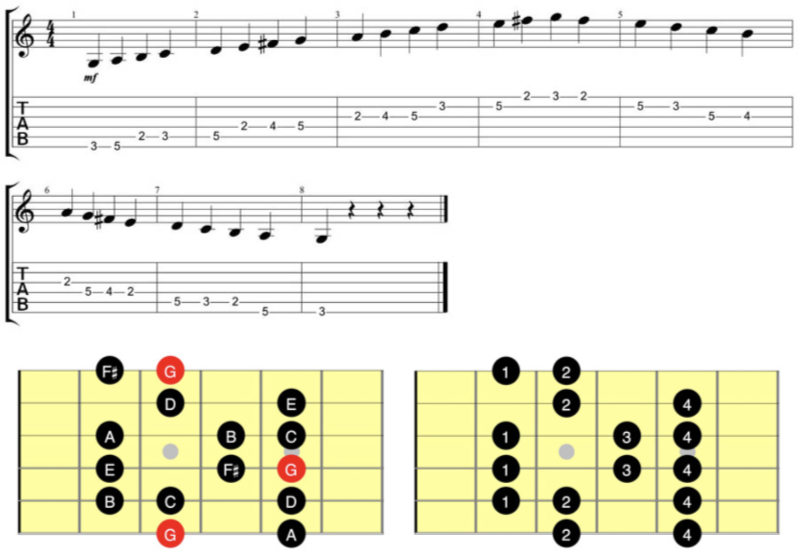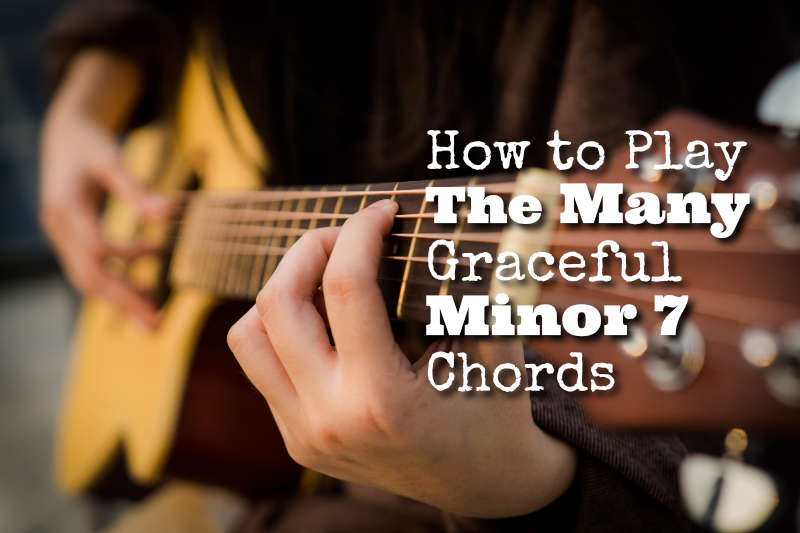
Hi lovely people, today I want to teach you how to play the major scale, in particular the G major scale. The G major scale (1st position) is the best scale to start out with when you’re learning a major scale on the guitar, because of how it is positioned on the guitar.
Once you know how to play the G major scale you can move it up and down the neck to every key you like.
How to Learn the G Major Scale – 1st Position
- The best way to learn the major scale is by playing the 2 octave major scale.
- Memorize the notes of the major scale
- Learn the scale using the appropriate fingering
- Learn the scale also with one finger to become conscious of where the notes are on the neck.
Below are the TABS and the video lesson where I explain everything in full detail.






